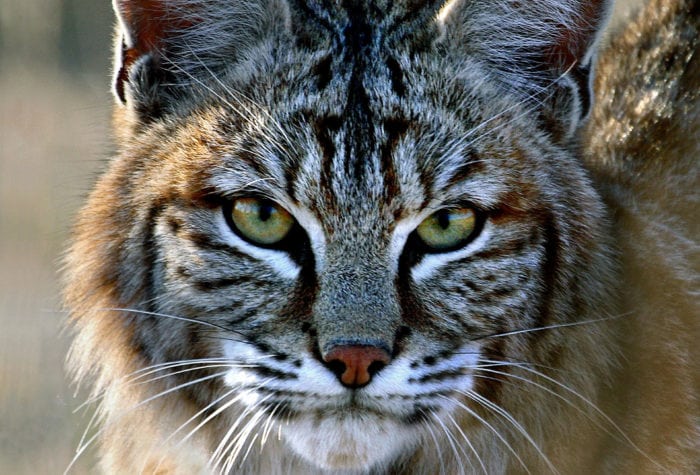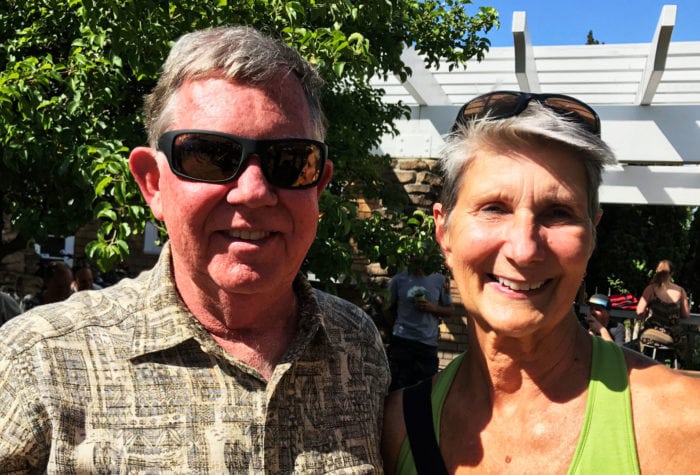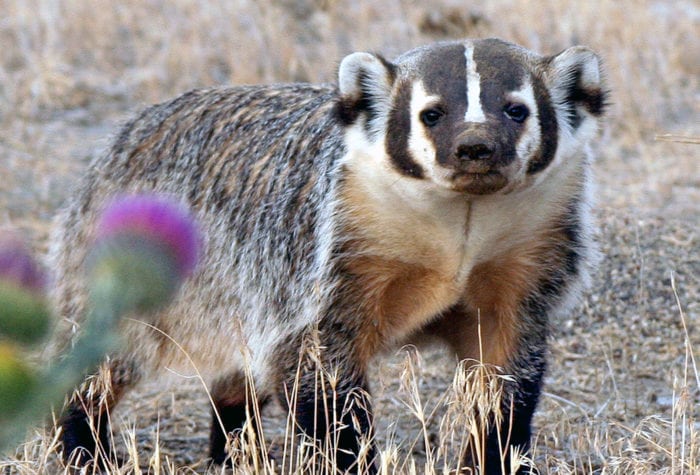Reaction to the Biden administration’s 30 by 30 report
In May 2021, the Biden administration published “Conserving and Restoring America the Beautiful,” a highly anticipated report on the president’s commitment to conserve 30 percent of our country’s terrestrial and marine environments by 2030.
The “30 by 30” initiative seeks to respond to the biodiversity crisis nationally and around the world. More than a million species globally are threatened with extinction. And climate change is confounding efforts to conserve and restore ecosystems as it afflicts habitats with warming, prolonged droughts, increasingly severe wildfires, rising sea levels, and violent storms. Oregon’s high desert is not immune from these threats.
Three federal departments — Interior, Agriculture, Commerce — as well as the Council on Environmental Quality, contributed to “America the Beautiful.” Each received huge amounts of input from individuals, interests and communities nationwide. While the purpose of the report is to present an overarching vision for the country, it also endeavors to include and involve 331 million diverse and opinionated people in the United States in the conservation of biodiversity, across land ownerships, and in every state in the union.
As could be expected, there has been a range of interpretations, reactions and recommendations to the report.
Some Questions
Critics have scoffed at the report’s apparent inclusion of city parks and greenways as conservation lands. It’s promotion of conservation on private lands, like farms and ranches, left others wondering how to properly assess the conservation value of these “working lands” where, for example, a monoculture of crops wouldn’t truly support biodiversity. The report also triggered age-old debates of “top-down” versus “bottom-up” decision making, as this letter from an Alaskan marine biologist illustrates.
Lots of Praise
The report was also widely touted within and beyond the conservation community, and now national campaigns are underway to achieve its promise on public and private lands.
Tribal leaders endorsed the report the day it was released, stating “the 30×30 policy serves as a vitally important opportunity to safeguard the environment, Tribal cultural values, strengthen the Nation-to-Nation relationship, and uphold Tribal sovereignty and self-determination.”
HECHO (Hispanics Enjoying Camping, Hunting and the Outdoors) applauded the report for how it will “improve access to outdoor spaces, restore degraded lands and waters, and foster a united approach in tackling the climate crises.”
Defenders of Wildlife, which mapped a strategy for 30 by 30 last year, praised the administration’s report as a key step toward saving species—including our own.
GreenLatinos have since recommended how 30 x 30 could be applied to wilderness-quality public lands administered by Bureau of Land Management, which includes millions of acres in Oregon’s high desert.
ONDA’s Take
We see potential in 30 by 30, including for eastern Oregon.
The report promotes public lands protection for biodiversity conservation, and recognizes the importance of the National Wildlife Refuge System to that endeavor.
It recommends creation of an American Conservation and Stewardship Atlas to help track, tabulate and compare conservation efforts nationwide, as well as a new annual America Beautiful Updates to chart progress on 30 by 30 goals.
It also presented a number of immediate priorities for the 30 by 30 agenda, including supporting tribal conservation initiatives, coordinating with states and communities on conservation policy, and promoting outdoor recreation, that might signal how the administration intends to implement the report in the near-term.
These plan components and recommendations could be important, even instrumental, in achieving our goals for Oregon’s outback. We look forward to our continued engagement with the administration and next steps for the 30 by 30 initiative.


